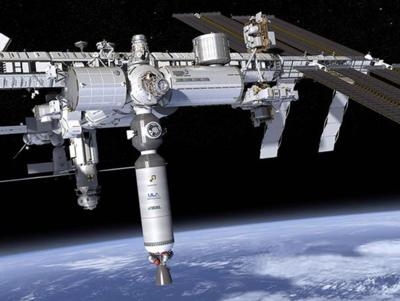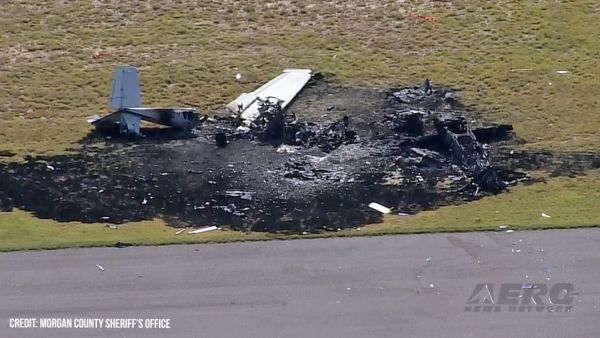Ixion Team Will Study Repurposing Of Discarded Upper Stages
NASA has selected the Ixion Initiative Team, comprised of NanoRacks, LLC (“NanoRacks”), Space Systems/Loral, LLC (“SSL”), and United Launch Alliance (“ULA”) – the nation’s premier launch provider, to participate in the Agency’s Next Space Technologies for Exploration Partnerships-2 (“NextSTEP-2”) program.

The Ixion Team is a new addition to NASA’s NextSTEP effort, and will begin by conducting a comprehensive feasibility study evaluating the conversion of rocket upper stages into habitats. This innovative approach offers a pathway that is more affordable and involves less risk than fabricating modules on the ground and subsequently launching them into orbit.
The Ixion Team proposes demonstrating this revolutionary, low-cost concept via the conversion of a Centaur rocket upper stage which will be attached to the International Space Station (“ISS”). After the converted Centaur upper stage is attached to the ISS, the Ixion Team will leverage the habitat as a proving ground for a variety of private sector activities leading to a new era in commercial low Earth orbit (“LEO”) utilization.
The Ixion Team is composed of commercial space leaders. No company has done more commercial work on the ISS than NanoRacks, which has shepherded over 350 payloads through the Station’s safety and review process, and NanoRacks has deployed 131 satellites from the ISS and ISS visiting vehicles. SSL, America’s most prolific commercial satellite manufacturer, will apply its world-class capabilities to executing the Ixion Initiative, while exploring the benefits of leveraging a crewed space station to assemble and deploy satellites.
After being proven in LEO, the Ixion Team’s approach can be used to create deep space habitats from any future rocket upper stages, including the Space Launch System’s upper stage, which would provide a substantial amount of volume and capability for beyond LEO human exploration missions to the Moon, Mars, and beyond.
Re-use of upper stages for habitats is a proven concept, first implemented by NASA’s Wernher von Braun for Skylab, America’s first space station.
“Our plan is to dramatically lower the proposed costs for habitats to allow for the largest customer base, both commercial and government,” explained Jeffrey Manber, Chief Executive Officer of NanoRacks, LLC. “With Loral and NanoRacks working together, we have the knowledge base to assure a solid commercial use of tomorrow’s habitats via re-purposed ULA Centaur platforms.”
“SSL is excited to be a part of the Ixion team and to work with its partners and NASA.” said Mike Gold, Vice President of Washington Operations and Business Development. “We’re eager to explore how our company’s exceptional technical capabilities can be leveraged to support NASA’s human exploration missions beyond LEO, while simultaneously utilizing the ISS as an incubator for new and innovative ways to fabricate and deploy commercial satellites. At SSL, we’re constantly striving to expand and improve commercial capabilities and the NextSTEP-2 program provides a unique opportunity to craft a dynamic and complementary future for private and public sector space operations.”
(Image provided with NanoRacks news release)
 Classic Aero-TV: Brazilian Hummingbird Alights in U.S.
Classic Aero-TV: Brazilian Hummingbird Alights in U.S. ANN FAQ: Contributing To Aero-TV
ANN FAQ: Contributing To Aero-TV ANN's Daily Aero-Linx (09.01.25)
ANN's Daily Aero-Linx (09.01.25) ANN's Daily Aero-Term (09.01.25): Receiver Autonomous Integrity Monitoring
ANN's Daily Aero-Term (09.01.25): Receiver Autonomous Integrity Monitoring NTSB Prelim: Rockwell International 112
NTSB Prelim: Rockwell International 112



